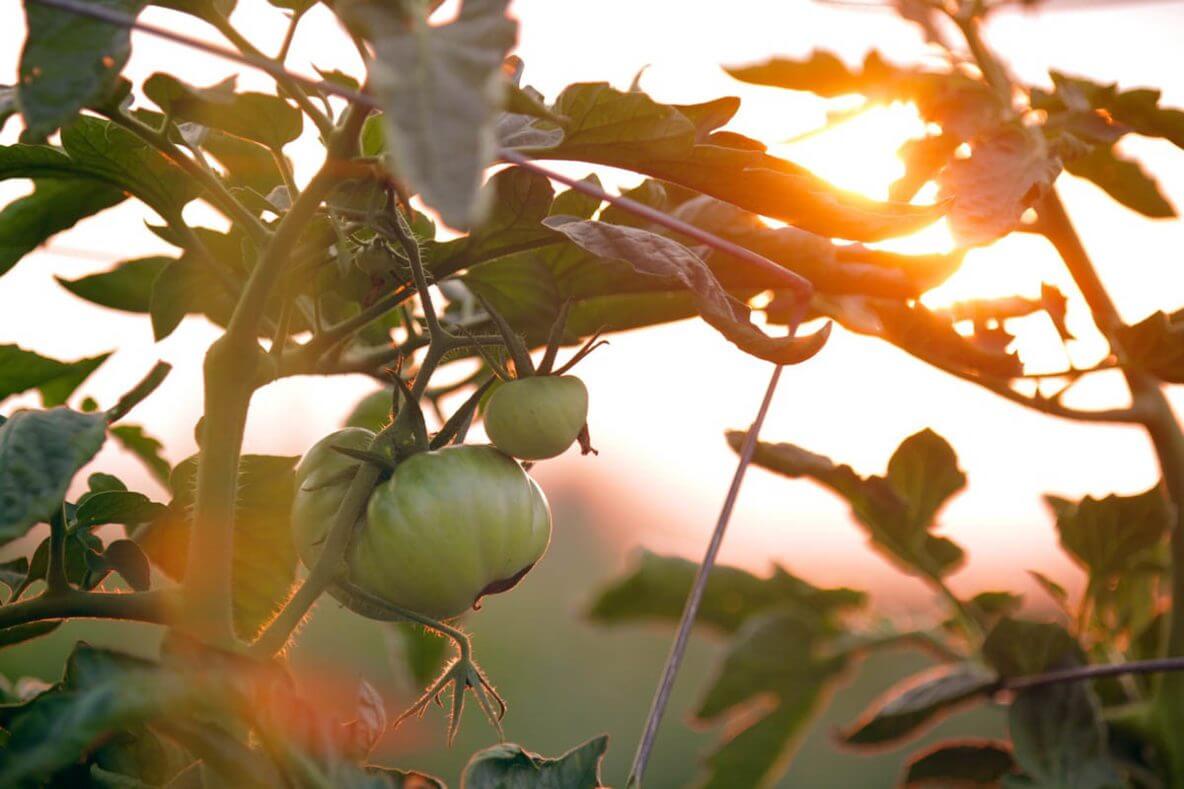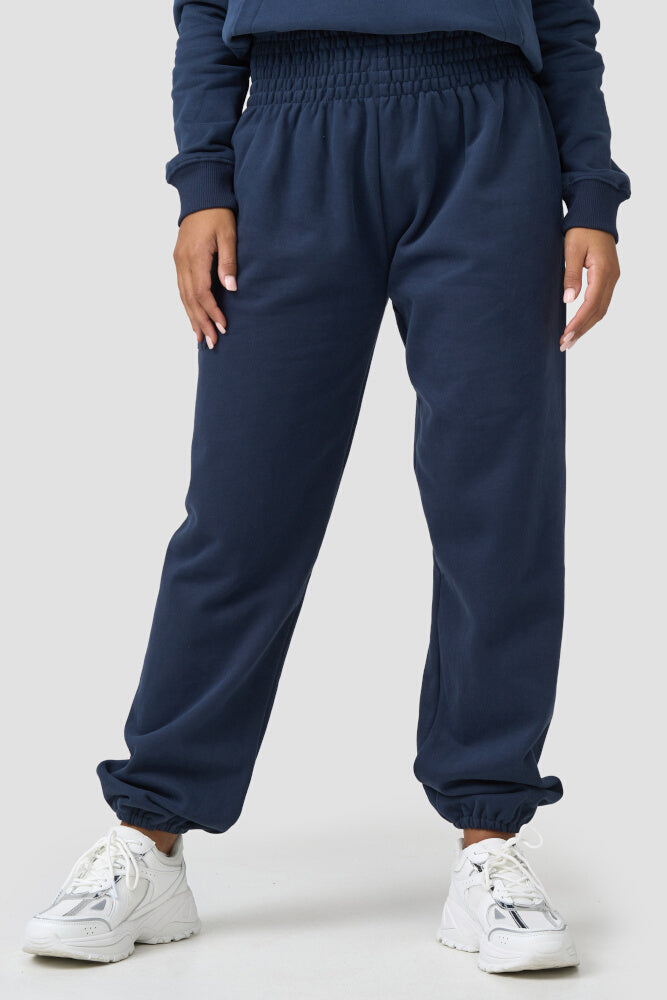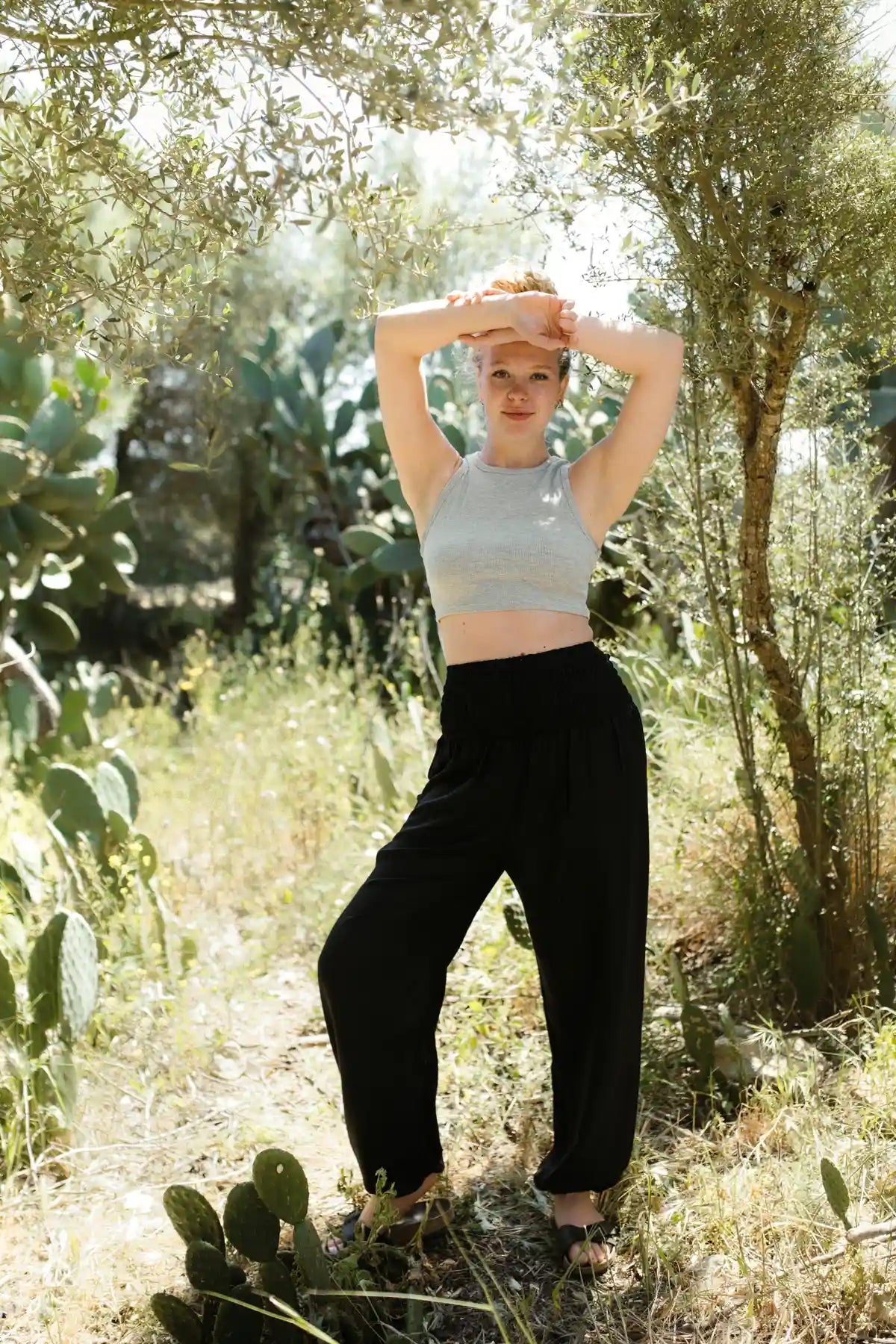
Inhaltsverzeichnis
Auf dieses Gemüse kannst du dich im Sommer freuen!
Der Sommer ist nicht nur die Hochsaison der Obstsorten. Auch einige Gemüsesorten erstrahlen jetzt erst in ihrem vollen Glanz und haben ein viel intensiveres Aroma als den Rest des Jahres über. Trotzdem müssen wir uns noch ein wenig gedulden. Denn das Sommergemüse schmeckt dann am besten, wenn bei uns wirklich Sommer ist und das Gemüse ganz aus der Nähe kommt.
Vielleicht brauchst du ein wenig Inspiration zum Kochen oder du möchtest dich einfach informieren. So oder so bist du hier richtig. Lass und also loslegen ohne viel mehr drum herum zu quatschen!
Die ultimative Sommergemüse-Liste
Tomaten
Sie sind wahrscheinlich zweifellos das Sommergemüse Nummer 1. Nicht nur weil sie zu dieser Jahreszeit besonders intensiv schmecken, sondern auch weil sie sich so gut mit anderen Gemüsesorten kombinieren lassen. Darüber hinaus gibt es zahllose Rezepte und Möglichkeiten zur Verarbeitung von Tomaten. Bruschetta, Grilltomate, Ratatouille und Nudelsalate sind dabei nur einige wenige Beispiele. Übrigens enthalten besonders Kirschtomaten viele wichtige Vitamine.
Paprika- und Peperonischoten
Auch für Paprika ist der Hochsommer die beste Zeit. Unser Körper kann vor allem die Vitamine (A und C) der roten, gelben und orangen Früchte optimal nutzen, zum Beispiel im Blut und bei der Verdauung. Auch Peperoni sind super für unser Immunsystem. Der scharfe Stoff der Schoten, Capsaicin, ist sehr gesund. Er schützt Magen und Leber, wirkt entzündungshemmend, verbessert die Blutqualität und trägt zur Prävention von Krebs bei.
Auch Paprika lässt sich in viele Gerichte einbauen. Wer’s gerne scharf mag, gibt Peperoni hinzu.
Zucchini
Diese Kürbisart ist ebenfalls eine wahre Nährstoff- und Vitaminbombe: Ballaststoffe, Mineralien und Vitamine A, B sowie C… Man mag durch den hohen Wassergehalt gar nicht denken, dass so viele wertvolle Nährstoffe in den Zucchini stecken. Das Gemüse lässt sich leicht und schnell verarbeiten. Ob geraspelt, gebraten, gegrillt oder gefüllt – Zucchini sind bestens für leichte und gesunde Gerichte geeignet.
Aubergine
Bin ich die einzige, die bei Zucchini auch irgendwie immer mit an Aubergine denkt? Als wäre die Aubergine eine Schwester der Zucchini. Roh schmeckt sie recht nichtssagend, aber beim Braten entwickelt die Aubergine viel Geschmack. Das ballaststoffreiche Gemüse lässt sich ebenfalls gut grillen, frittieren und (in Folie gewickelt) backen. Außerdem dient es häufig als Basis für vegetarische oder vegane Aufläufe.
Erbsen und Zuckerschoten
Erbsen gibt es meist für kurze Zeit ab Juli. Sie sind ziemlich empfindlich, aber das Gute daran ist, dass sie dadurch nicht von weit her kommen. Gedünstet oder in Pürees und Suppen (wie einer kalten Gazpacho) macht sich die süße Erbse wunderbar. Wie Erbsen enthalten Zuckerschoten, die als Ganzes gegessen werden, reichlich Eiweiß, B-Vitamine und Kalzium. Die besonders zarten Zuckerschoten können roh als Snack gegessen werden oder zu leichten Gerichten hinzugefügt werden.
Grüne Bohnen
Die Hülsenfrucht bekommt man aus heimischer Ernte zwischen Juni und September. Grüne Bohnen bestehen zu 90% aus Wasser. Doch auch sie beinhalten wichtige Nährstoffe wie Magnesium, Zink und B-Vitamine. Sie müssen immer gekocht werden, denn sie enthalten im Rohzustand den giftigen Eiweißstoff Phasin. 8 Minuten in kochendem Salzwasser lösen das Problem. Die Bohnen können heiß serviert werden oder abgekühlt in Salat gegeben werden. Kräuter wie Petersilie passen übrigens auch super zu grünen Bohnen!
Pilze
Viele Pilze, wie Pfifferlinge und Steinpilze, haben vor allem im (Spät-)Sommer Hochsaison. Sie bringen nicht nur Eiweiß, sondern auch Eigengeschmack ins Essen. Ähnlich wie Kohlrabi können sie sowohl roh, als auch gekocht, gegrillt oder gebacken serviert werden. Sie liefern neben Eiweiß auch reichlich Eisen und entwässern auf natürliche Weise.
Rucola
Rucola gehört zu den Gemüse-Aufsteigern der letzten 30 Jahre. Aus der italienischen Küche kam er zu uns und gehört mittlerweile auch hierzulande zu den beliebtesten Gemüsesorten. Er ist ein super Lieferant von Folsäure, Vitamin C und Kalzium. Klassisch in einer Salatkomposition wird Rucola gerne mit Oliven, Zwiebeln, salzigem Käse, aber auch mit Zitronensaft kombiniert.
Blumenkohl
Ebenfalls im Sommer aus heimischer Ernte zu bekommen schmeckt der Blumenkohl mit seinem dezenten Aroma auch vielen, die sonst nicht so auf Kohl stehen. Blumenkohl ist besonders leicht bekömmlich, schützt das Herz und versorgt uns mit Vitamin C. Auch dieses Gemüse ist besonders vielseitig einsetzbar und macht sich nicht nur als Beilage gut. Man kann ihn kochen, dämpfen, braten, dünsten, überbacken und frittieren.
Kohlrabi
Kohlrabi gehört, wie der Name schon sagt, zur Kohlfamilie. Neben Vitamin C enthält das Gemüse Kalium und so stärkt es das Immunsystem. Ich persönlich mag Kohlrabi am liebsten roh mit einem Dipp. Aber auch gegart passt er zu vielen Salaten. Beim Kauf sollte man übrigens kleine Knollen bevorzugen, da die großen oftmals holzig und erdig schmecken. Ab April/Mai ist er bis in den Spätsommer erhältlich.
Wenn dir das gefallen hat und du noch mehr über gesunde Ernährung, Achtsamkeit oder Nachhaltigkeit erfahren möchtest, schaue dir hier viele weitere spannende Blog-Artikel zu diesen Themen an.





























Leave a comment
This site is protected by hCaptcha and the hCaptcha Privacy Policy and Terms of Service apply.